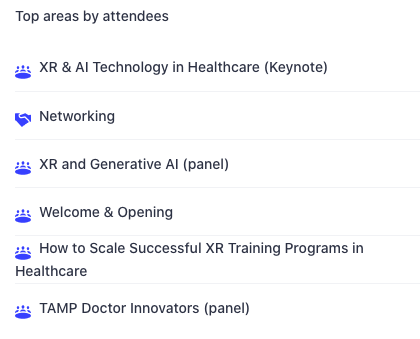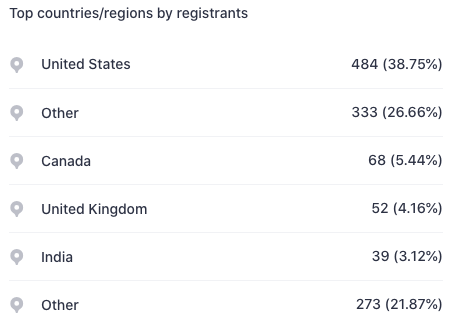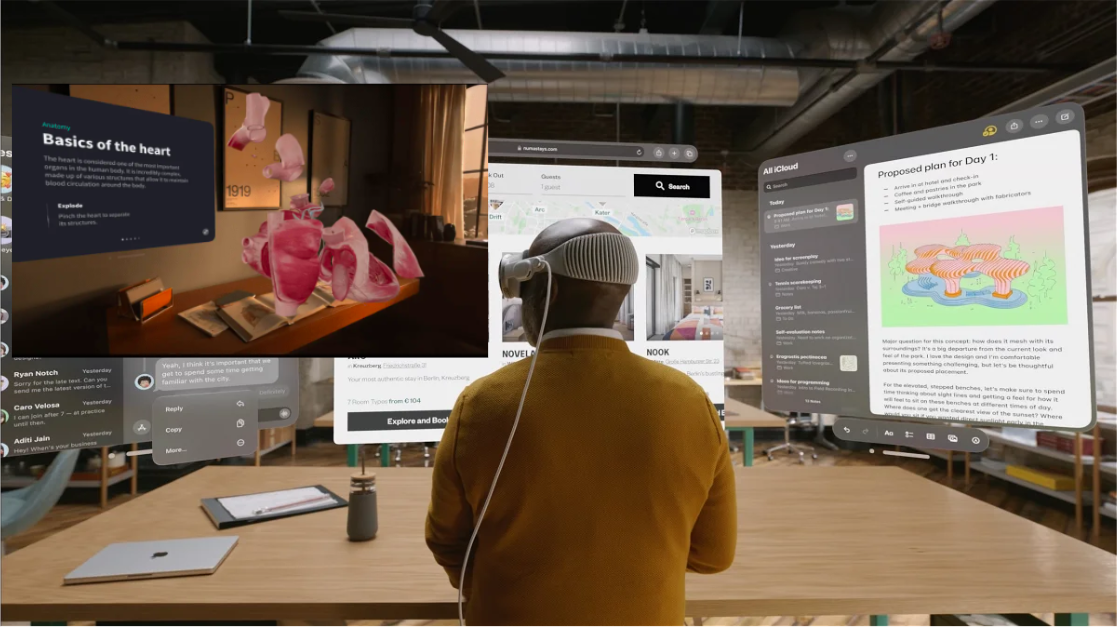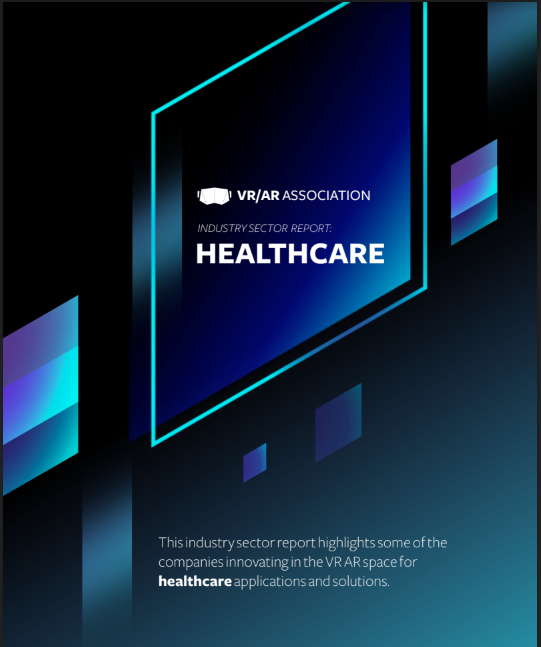In the media, you may have heard “Running a Code” which is a protocol that is used when the patient's heart stops pumping. This procedure is taught in every medical school and is called Advanced Cardiac Life Support (ACLS). It is usually first taught in a simulation center with robotic patients and several team members. Each person has a different duty during the code including: performing CPR, obtaining vitals, managing airway, drawing up/giving medications, writing down the information of event, and one person to take lead in the situation. When the real thing happens these situations are intense and the room is packed with people.
How 360 degree video could be useful for Medical Education
Healthcare providers could replay their own simulated codes with a system that can help guide them to the correct course of action during the replay of the video. One could add arrows to point to areas that need attention first, i.e. the airway. The program could pause at critical moments to allow for input of options available to provider. A program could be built to test the student at the end of the replay using a “center of focus” heat map to find what steps they missed during the review. It may not be needed to have customized video for each healthcare staff member in training. A single recording may provide a significant benefit for provider training, however it would be interesting to see an experiment of the comparison.
One way to study this process is by placing the 360-degree camera where the head of the patient would be. Seeing things from the patient perspective can be quite humbling to see how your body language is perceived from their view point. Research has shown that a feeling of empathy can be invoked by a 360 video placed at the users point of view. Also it’s the one of the best positions for a three 360-degree video as the patient is usually in the middle of the room allow full use of 360 degree experience.
Another idea is to place of 2 or more of the inexpensive 360 video cameras would allow the student to change perspective during playback. This could be similar to the 360-video experience created by Intel (True VR) for MLB. Benefits would include the empathy gained from patient placement, a 3rd person view using an overhead camera to view all movement patterns and the placement of equipment staff during the Code and any additional placements that might benefit the student being trained. Adding in bio-feedback sensors to the simulations may help identify procedures, duties, situations of higher stress to the participants such as breaking bad news or assessing a dangerous situation. Integration of multiple scenarios or scenario branches integrated into a learning management system/single simulation would allow students to interact with the learning module. The students could be given a list of actions that each would start a new simulation.
Another interesting idea is the use of Eye Tracking technology. I've been working with VPS , a company that has a simple looking pair of glasses that track the focal point of view of the user. Integrating the "3d person view", the student would be able to see themselves in 360 camera. With this technology the analysis of where she was looking during the task, can have immense learning potential.
360 Video Success
One of the most successful startups in the VR industry, StriVR, uses 360 degree technology to train people to perform better at a task. They have had NFL teams, college teams, and major corporation as clients. Quarterbacks are able to go over plays many more times than just on the field. Now they are providing this technology to train Walmart employee.
Athletes become better by practicing. And being able to repeat movements and visualize situations without having to deal with a harsh environment or contact from an opposing team provides a competitive advantage. In the same manner, a person becomes more proficient and more able to master a skill by becoming more familiar with essential tools, viewing different perspectives, and playing diverse roles in a scenario. Practicing and role playing, also, diminish the shock and stress reaction that takes place when first responding to a crisis situation. Interactive experiences provided by 360 video and immersive VR can make learning much more comprehensive and deeply ingrained in your memory.
Interactive VR Experience
There is a company making an interactive VR experience for medical education, BioflightVR. The company has an emergency pediatric program that is similar to scenario stated above. It would be interesting to see the outcomes of both a 360 degree program and an interactive VR program. I imagine there there is more information gained by assessment and possibly more retention with the interactive VR program. However, a study could find them to be comparable. The advantage 360-video has over interactive VR is time needed to create the experience. If every hospital wanted to have specific simulations for each student it could not be done with the current methods of creating an interactive VR experience. However, 360 degree video equipment has advanced substantially and Medical Simulation Centers have several staff members that can handle video equipment.
There are several questions that could be examined in a research study to evaluate the use of this technology:
1) How does a 360-video feedback program compare to traditional video feedback for teaching medical students in regards to retention, preference, and assessment?
2) Does placement of 360 video affect the outcomes when using 360-degree video for feedback (ie from patient perspective vs center of room vs physician lead position)?
a. Secondary outcome: Is there an increase in empathy for patient with placement at patient perspective?
3) If medical students or residents take home 360-degree video for repeated playback over a set period of time does it have an impact on long term memory of protocol (Intervention during 2nd year medical school with assessment in 4th year)?
4) Are there improved outcomes (retention of knowledge, preference by student, and assessment by teacher) in using recorded simulations for each student vs a single simulated recording?
We are currently working with the other VRARA Digital Health Committee members to improve on this idea.























